The increasing threat of digital security breaches and identity theft has made traditional passwords and PINs inadequate for protecting our sensitive data and devices. Every year, millions of users face unauthorized access to their smartphones, laptops, and financial accounts due to compromised passwords.
Biometric technology offers a robust solution by using unique physical characteristics for authentication. From fingerprint sensors on smartphones to facial recognition in banking apps, biometric systems are transforming how we secure and access our everyday devices in 2024, making authentication both stronger and more convenient while eliminating the need to remember multiple complex passwords.
Understanding Biometric Technology
Biometric technology represents a significant advancement in modern security and identification systems.
What is Biometric Technology?
Biometric technology uses unique physical or behavioral traits to identify individuals. These systems capture specific characteristics like fingerprints, facial features, or voice patterns. The technology converts these traits into digital data for secure identification. Modern biometric systems began in the 1960s with the first automated fingerprint recognition system. By 2024, biometric technology has evolved to include multiple identification methods with 99.9% accuracy rates.
Types of Biometric Authentication Methods
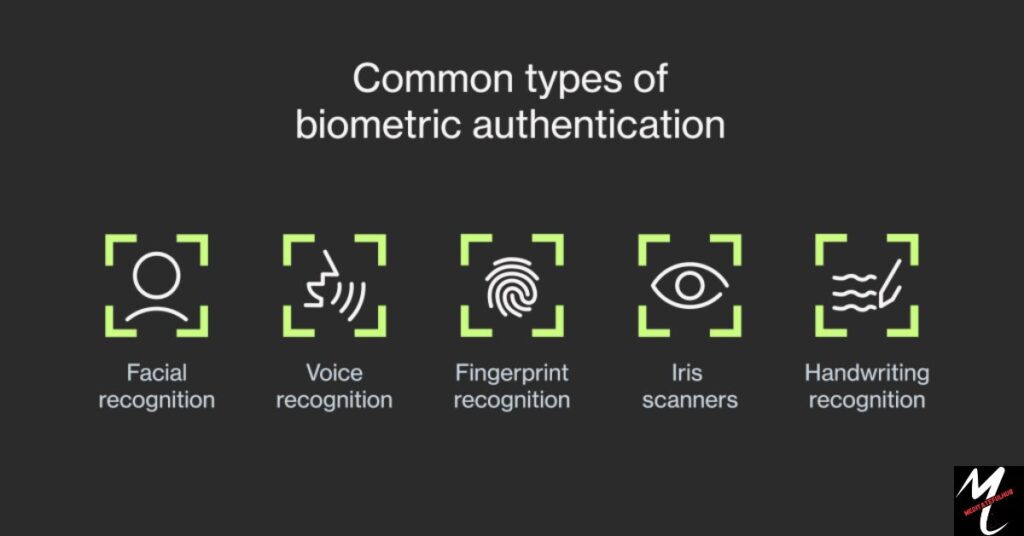
Physical biometrics includes fingerprints, facial features, iris patterns, and palm prints. These traits remain constant throughout life and provide reliable identification. Behavioral biometrics focuses on unique patterns in typing rhythm, walking style, and voice modulation. The newest behavioral systems in 2024 can detect subtle changes in user patterns to prevent fraud.
Common Biometric Authentication Methods
| Type | Examples | Accuracy Rate |
| Physical | Fingerprint, Face, Iris | 99.9% |
| Behavioral | Voice, Gait, Typing | 98.5% |
How Biometric Technology Works
The process starts with data capture using specialized sensors. A fingerprint scanner creates a detailed digital map of unique ridge patterns. The system converts this raw data into a secure template stored in encrypted form. During verification, new scans are compared with stored templates. The entire process takes less than a second in modern systems.
Common Applications in Personal Devices
Personal devices now integrate multiple biometric features for enhanced security and convenience.
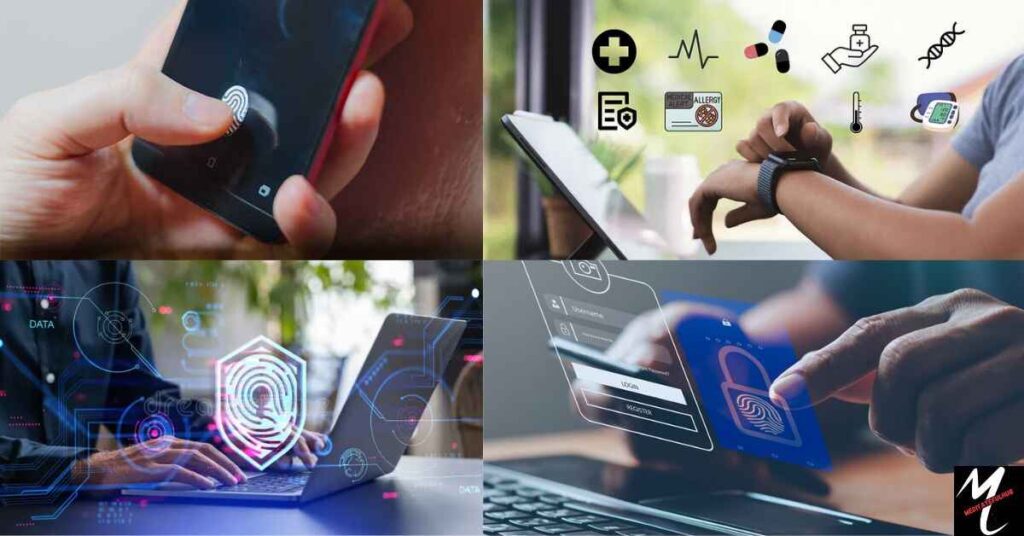
Smartphones and Tablets
Modern smartphones use advanced fingerprint sensors under display screens. Apple’s Face ID technology maps 30,000 facial points for secure authentication. Voice recognition systems can identify over 100 unique voice characteristics. The latest Android devices combine multiple biometric methods for enhanced security.
Wearable Technology
Smartwatches now include heart rate patterns for continuous authentication. Fitness trackers monitor unique biometric patterns during exercise. Advanced health monitoring systems track blood oxygen, sleep patterns, and stress levels. The latest Apple Watch Series in 2024 can identify users by their unique heart rhythm patterns.
Laptop and Computer Security
Modern laptops feature built-in fingerprint readers and facial recognition cameras. Windows Hello technology provides enterprise-grade security through biometric login. These systems reduce login time by 75% compared to password entry. The latest MacBooks include advanced Touch ID sensors with military-grade encryption.
Professional Environment Applications
Organizations worldwide are adopting biometric systems for enhanced security and efficiency.
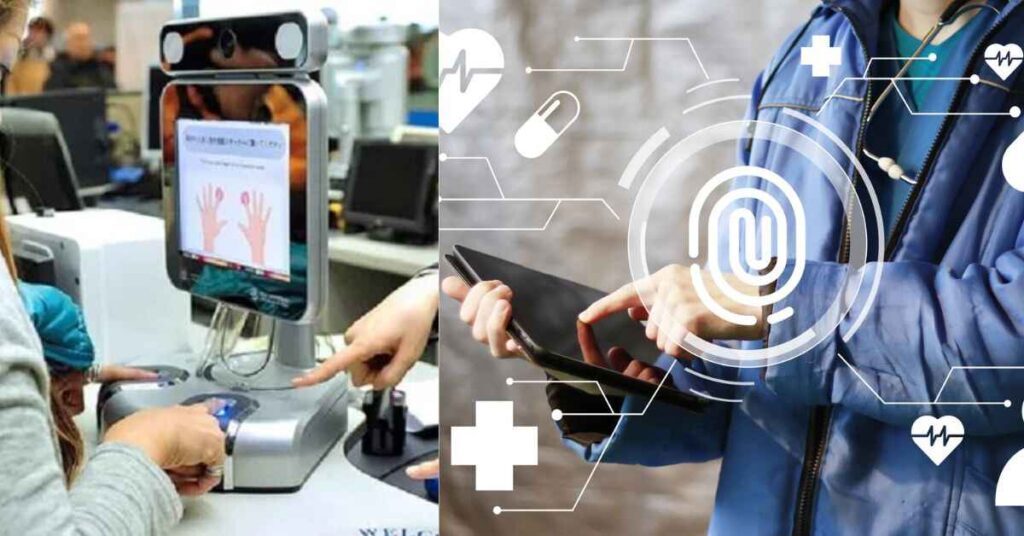
Workplace Access Control
Modern office buildings use facial recognition for contactless entry. Time tracking systems identify employees through fingerprint scans. Secure areas require multi-factor biometric authentication. These systems process over 1,000 employees per hour during peak times.
Banking and Financial Services
Banks now use iris scanning at ATMs for secure transactions. Mobile banking apps require facial recognition for large transfers. Transaction verification uses voice recognition patterns. Major banks report 90% reduction in fraud cases after implementing biometric security.
Healthcare Implementation
Hospitals use palm vein scanning for accurate patient identification. Electronic health records require biometric access from authorized staff. Emergency rooms use rapid biometric scanning for unconscious patients. Modern healthcare facilities report 99.9% accuracy in patient identification using biometric systems.
Emerging Applications
The integration of biometric technology continues to expand into new areas of daily life.
Smart Home Integration
Smart homes in 2024 feature fingerprint-enabled door locks with 128-bit encryption. Home security systems use facial recognition to identify family members and alert owners of unknown visitors. Voice-controlled devices now recognize individual family members and adjust settings automatically. Modern smart homes can process up to 50 different biometric signatures for various family members and trusted visitors.
Automotive Applications
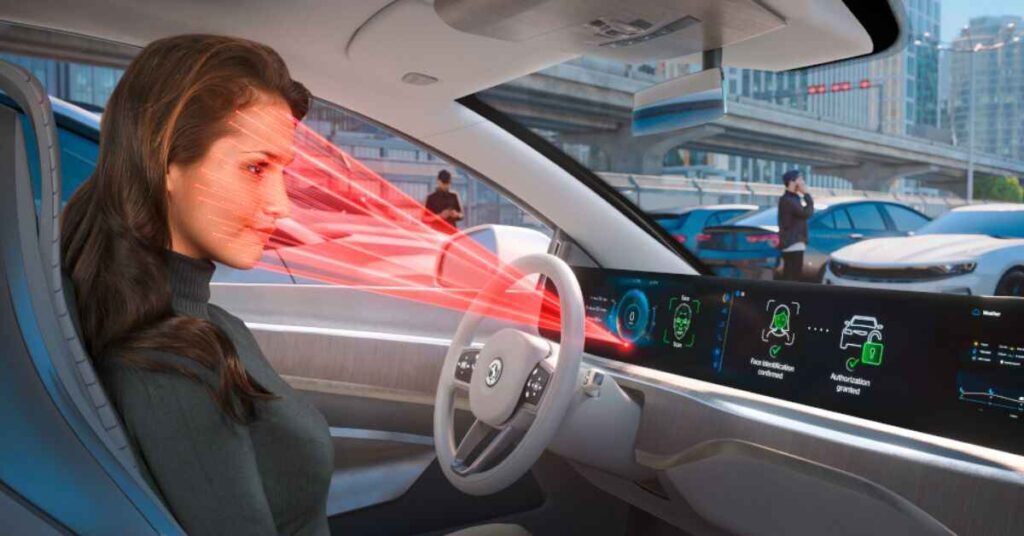
Cars in 2024 use fingerprint sensors for keyless entry and ignition. Driver identification systems adjust seat positions and mirror settings automatically. Advanced vehicles include facial recognition to prevent theft and monitor driver alertness. Tesla’s latest models incorporate palm print recognition for enhanced security.
Automotive Biometric Features
| Feature | Function | Security Level |
| Fingerprint Entry | Vehicle Access | High |
| Face Recognition | Driver Monitor | Very High |
| Palm Print | Start System | Maximum |
Retail Solutions
Modern stores use facial recognition for personalized shopping experiences. Biometric payment systems enable checkout without cards or phones. Customer identification allows instant loyalty program access. Amazon Go stores use multiple biometric systems to enable completely automated shopping.
Read This Blog: How To Cancel Gamivo Smart? A Complete Guide to Ending Your Subscription
Security Considerations
The protection of biometric data remains a critical priority in all implementations.
Data Protection Measures
Advanced encryption protects biometric data during storage and transmission. Secure servers store encrypted templates in separate locations. Access control systems require multiple authentication levels. The latest systems use quantum encryption methods introduced in 2024.
Privacy Concerns
Users maintain rights to access and delete their biometric data. GDPR regulations require explicit consent for data collection. Companies must report any data breaches within 72 hours. Recent laws mandate annual privacy audits for biometric systems.
Implementation Challenges
Current systems face accuracy issues with masks and aging. Implementation costs range from $10,000 to $1 million. Integration with legacy systems requires significant modifications. Technical limitations include sensor reliability in extreme conditions.
Also Read: How to Cancel Your Fitness 19 Membership: The Complete Guide (2024)
Future Trends and Innovations
The biometric technology market continues to evolve with new developments and applications.
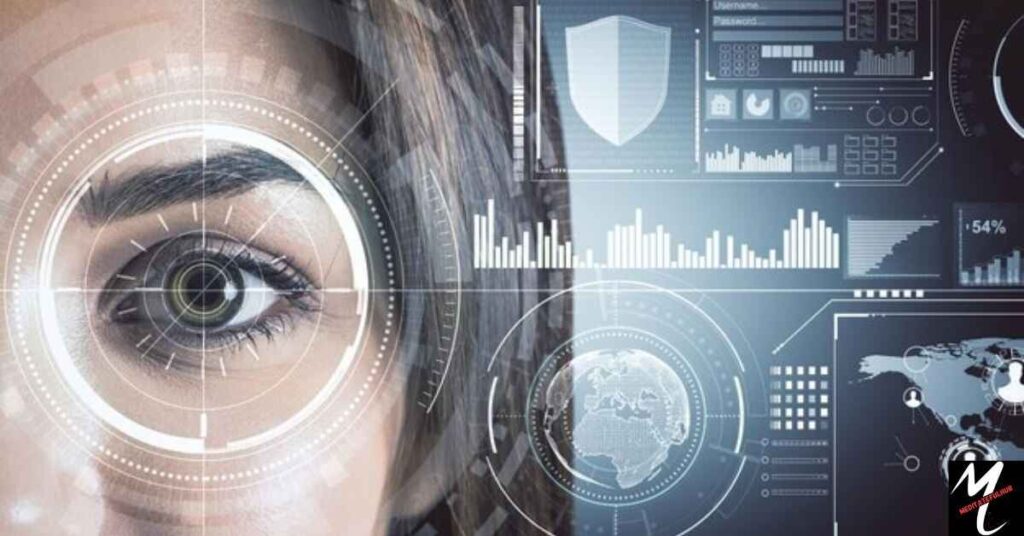
Emerging Technologies
DNA-based authentication systems are under development for 2025. Advanced sensors can detect subsurface vein patterns. New systems combine multiple biometric factors simultaneously. Artificial Intelligence enhances recognition accuracy to 99.99%.
Industry Development
The global biometric market will reach $100 billion by 2025. Technology advancements focus on contactless systems. Applications expand into virtual reality and gaming. Major tech companies invest billions in biometric research.
Ethical Considerations
New regulations address AI bias in biometric systems. Social impact studies show increased acceptance among younger users. International frameworks standardize biometric data protection. The IEEE established ethical guidelines for biometric AI in 2024.
FAQ
How is biometrics used in everyday life?
Biometrics is used to unlock smartphones, secure banking apps, and access buildings. It also enables contactless payments, airport security checks, and personal health monitoring through wearable devices.
What are 3 examples of biometric technology?
Fingerprint scanners on smartphones, facial recognition systems in security cameras, and voice recognition in smart home devices are the most common examples of biometric technology.
Where are biometrics used today?
Biometrics are used in smartphones, airports, banks, hospitals, offices, and smart homes. They’re also implemented in schools, retail stores, and modern vehicles.
What devices use biometrics?
Smartphones, laptops, tablets, smartwatches, door locks, ATMs, and security cameras commonly use biometric technology for authentication and security purposes.
What is the most widely used biometric device today?
Fingerprint scanners are the most widely used biometric devices, followed by facial recognition systems in smartphones and security applications.
How many smartphones use biometrics?
As of 2024, over 80% of smartphones worldwide include biometric features, with fingerprint sensors and facial recognition being standard in most models.
Conclusion
Biometric technology has revolutionized how we interact with our devices and secure our digital lives. From unlocking smartphones to ensuring safe financial transactions, biometrics offers unprecedented convenience and security.
As technology advances, we can expect even more innovative applications across industries. The future of biometric technology promises enhanced security, improved user experience, and seamless integration into our daily routines.
Remash is a dedicated tech enthusiast and writer for Meditatefulhub.com. With a passion for exploring the latest in technology, Remash brings insightful articles and reviews to help readers stay informed in the ever-evolving tech landscape.




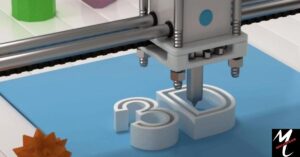
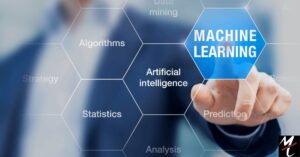


![How to Cancel Your Brazzers Subscription Complete Guide [2024]](https://meditatefulhub.com/wp-content/uploads/2024/11/How-to-Cancel-Your-Brazzers-Subscription-Complete-Guide-2024-300x157.jpg)


